Costing Steelwork is a series from Aecom, BCSA and Steel for Life that provides guidance on costing structural steelwork. This quarter provides a market update and updates the five cost models previously featured in Costing Steelwork
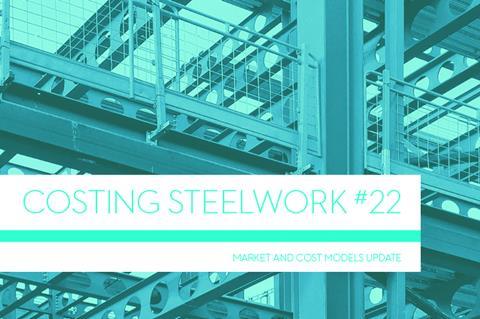
Click here to read the full costing report
Construction new work output rose over the 12 months to Q2 2022. A nearly 2% increase from the level at Q2 2021 underlines the solid industry momentum reported in the Office for National Statistics’ latest construction output data release. Housing, private industrial and the repair and maintenance sub-sectors posted output growth on a yearly change basis at Q2. Infrastructure and private commercial both recorded notable falls in output between Q2 2021 and Q2 2022, although the commercial sector posted growth on a single-month to single-month basis over the year. The fillip to industry output provided by the repair and maintenance sector since the end of 2020 is now beginning to dissipate; however, the contribution it still makes to overall output is vital.
Construction sector sentiment remained broadly unchanged at the start of Q3 which, in the circumstances and against the emerging economic backdrop, could be viewed as something of a relief rather than grounds for outright optimism. The growing array of headwinds stayed in view, with surveys reporting increasing concerns about the 12 months ahead. At the same time, though, the mood is also reflective of construction output that continues to offer favourable levels of activity for the industry’s capacity. Sector concerns typically reference the now perennial issues facing business operations and project delivery, coalescing around the themes of people, supply chain inputs, and now heightened economic and political uncertainty.
The mix of business issues cuts all the way across the operations spectrum with almost all supply chain firms experiencing one or all of the problems at the same time. Enduring supply challenges, eye-watering rises in energy prices, and a restricted labour market have resulted in significant cost pressures. These acute cost pressures are now creating tangible impacts on the accounting aspects of businesses, with margins and balance sheet impacts visible. The ONS reported in its latest business insights survey that 41% of trading firms across the whole economy said they had either no cash reserves or less than three months’ worth. The similar metric for construction firms was nearer 50%.
Ratings agencies recently moved to downgrade their view of the UK’s economic outlook, with an expectation of anemic economic growth at best over the next two years – possibly the lowest of any major developed economy. Further questions arose about the UK economy’s short- to medium-term outlook after the government’s ‘mini-Budget’ in September. Financial headaches are now expected from the rising cost of borrowing and higher interest rates, which will affect private sector businesses, domestic households and the public sector. In addition to the UK gilt market selloff in the third quarter, sterling also received little support as a proxy for market sentiment about the UK’s outlook. Weaker sterling does not generally help improve the inflationary environment. The attritional nature of the inflation landscape continues to have direct and indirect impacts on the construction sector – whether through pre- and post-contract commercial impacts, or even earlier in a project’s lifecycle when budgets are formed and used to crystallise a project. Even if inflation moves to a slower rate of change, there is a higher probability that it settles next year at a rate that is still elevated by historical comparisons next year.
After the prolonged rise in building input cost inflation, the first sign of a break in this trend was evident in the third quarter. Aecom’s building cost index – a composite measure of materials and labour costs – increased by 9.1% over the 12 months to September 2022. Essentially, input cost inflation still rose over the year by a level that is high by a historical measure, although it was at a slower rate. The checked rate of increase in the composite input cost index over the third quarter was driven mainly by slower materials cost inflation across a larger number of items. The labour component of the index continued to follow its prevailing trend, rising by 5% or so over the period. Metals trades led the way with the highest rates of change compared with 12 months ago. This reflects the lingering effect of high global metals commodities prices working their way through the manufacturing and production supply chains. Commodities prices generally are still elevated, although noticeably lower recently, especially for metals. An appreciating and strong US dollar environment works to alleviate some of the global commodities price trends in metals markets.
Emerging optimism was evident over the last quarter that some of the building cost inflationary pressures are abating. However, cost inflation pressures will not fully disappear over the short term, as materials shortages, rising labour costs and high energy prices all continue. An area of continuing risk is the UK’s vulnerability to fluctuations and volatility in global commodity and energy prices, given its reliance on a broad range of imports. The confluence of issues outlined are very likely to continue into 2023. They are joined by the added complexity from higher borrowing costs working through into public sector, private domestic and private sector new orders and future pipeline. Aecom’s baseline forecast for tender prices is a 5% increase from Q4 2022 to Q4 2023, and a 3.5% increase from Q4 2023 to Q4 2024. Current workload momentum despite political and economic uncertainty rising, elevated input cost inflation, supply chain capacity constraints, and general risk aversion will support tender price trends over the short term. The balance of risks to tender prices is to the upside over the near term because the inflationary environment is so extensive. The baseline forecast’s core assumptions are a medium-term outlook with much higher accompanying uncertainty for the economy of Great Britain, enduring pressure to raise tender prices, and continuing supply chain disruption.
Figure 1: Tender price inflation, Aecom Tender Price Index, 2015=100
| Forecast* | |||||||
|---|---|---|---|---|---|---|---|
|
Quarter |
2018 |
2019 |
2020 |
2021 |
2022 |
2023 |
2024 |
|
1 |
113.2 |
117.9 |
120.4 |
120.0 |
131.2 |
141.7 |
178.3 |
|
2 |
113.6 |
118.3 |
121.0 |
122.6 |
134.5 |
143.6 |
149.5 |
|
3 |
115.4 |
119.3 |
119.1 |
125.3 |
137.4 |
145.3 |
150.7 |
|
4 |
117.3 |
119.8 |
119.1 |
127.5 |
139.8 |
146.8 |
151.9 |
Sourcing cost information
Cost information is generally derived from a variety of sources, including similar projects, market testing and benchmarking. Due to the mix of source information it is important to establish relevance, which is paramount when comparing buildings in size, form and complexity.
Figure 2 represents the costs associated with the structural framing of a building, with a BCIS location factor of 100 expressed as a cost/m² on GIFA. The range of costs represents variances in the key cost drivers. If a building’s frame cost sits outside these ranges, this should act as a prompt to interrogate the design and determine the contributing factors.
The location of a project is a key factor in price determination, and indices are available to enable the adjustment of cost data across different regions. The variances in these indices, such as the BCIS location factors (figure 3), highlight the existence of different market conditions in different regions.
To use the tables:
1. Identify which frame type most closely relates to the project under consideration
2. Select and add the floor type under consideration
3. Add fire protection as required.
For example, for a typical low-rise frame with a composite metal deck floor and 60 minutes’ fire resistance, the overall frame rate (based on the average of each range) would be:
£165.00 + £110.00 + £26.00 = £301.00
The rates should then be adjusted (if necessary) using the BCIS location factors appropriate to the location of the project.
Figure 2: Indicative cost ranges based on gross internal floor area
| TYPE | Base index 100 (£/m2) | Notes |
|---|---|---|
|
Frames |
||
|
Steel frame to low-rise building |
149-181 |
Steelwork design based on 55kg/m2 |
|
Steel frame to high-rise building |
251-284 |
Steelwork design based on 90kg/m2 |
|
Complex steel frame |
284-335 |
Steelwork design based on 110kg/m2 |
|
Floors |
||
|
Composite floors, metal decking and lightweight concrete topping |
86-134 |
Two-way spanning deck, typical 3m span with concrete topping up to 150mm |
|
Precast concrete composite floor with concrete topping |
125-176 |
Hollowcore precast concrete planks with structural concrete topping spanning between primary steel beams |
|
Fire protection |
||
|
Fire protection to steel columns and beams (60 minutes resistance) |
22-31 |
Factory applied intumescent coating |
|
Fire protection to steel columns and beams (90 minutes resistance) |
26-42 |
Factory applied intumescent coating |
|
Portal frames |
||
|
Large-span single-storey building with low eaves (6-8m) |
109-143 |
Steelwork design based on 35kg/m2 |
|
Large-span single-storey building with high eaves (10-13m) |
132-179 |
Steelwork design based on 45kg/m2 |
Figure 3: BCIS location factors, as at Q3 2022
| Location | BCIS Index | Location | BCIS Index |
|---|---|---|---|
|
Central London |
127 |
Nottingham |
103 |
|
Manchester |
103 |
Glasgow |
92 |
|
Birmingham |
97 |
Newcastle |
91 |
|
Liverpool |
98 |
Cardiff |
94 |
|
Leeds |
92 |
Dublin |
100* |
*Aecom index
Steel For Life sponsors
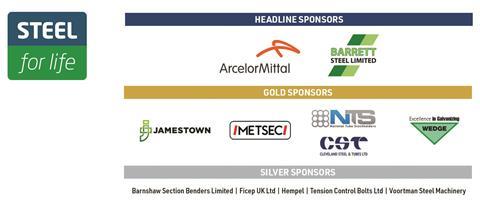
Cost comparison updates
This quarter’s Costing Steelwork provides an update of the five previously featured cost comparisons covering: offices, education, industrial, retail and mixed-use
These five projects were originally part of the Target Zero study conducted by a consortium of organisations including Tata Steel, Aecom, SCI, Cyril Sweett and the BCSA in 2010 to provide guidance on the design and construction of sustainable, low- and zero-carbon buildings in the UK. The cost models for these five projects have been reviewed and updated as part of the Costing Steelwork series. The latest cost models as of Q4 2022 are presented here.
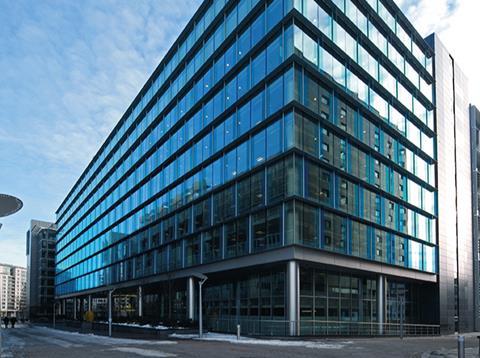
Costing steelwork: offices update
Below is an update to the offices cost comparison originally published in the Costing Steelwork Offices feature in Building magazine in April 2017.
One Kingdom Street, London, key features
- 10 storeys, with two levels of basement
- Typical clear spans of 12m x 10.5m
- Three cores – one main core with open atrium, scenic atrium bridges and lifts
- Plant at roof level
Cost comparison
Two structural options for the office building were assessed (as shown in figure 4):
- Base case – a steel frame, comprising fabricated cellular steel beams supporting a lightweight concrete slab on a profiled steel deck
- Option 1 – 350mm-thick post-tensioned concrete flat slab with a 650mm x 1,050mm perimeter beam.
The full building cost plans for each structural option have been reviewed and updated to provide current costs at Q4 2022. Over the course of the year increased costs have been largely offset by contractors working on reduced or no margin. The costs, which include preliminaries, overheads, profit and a contingency, are summarised in figure 4.
The cost of the steel composite solution is 5% higher than for the post-tensioned concrete flat slab alternative for the frame and upper floors, but 2% lower on a total building basis. The lighter frame and faster erection result in reduced foundations and a shorter programme. The latter is the main reason for the lower cost.
Figure 4: Key costs £/m² (GIFA), for City of London office building
| Elements | Steel composite | Post-tensioned concrete flat slab |
|---|---|---|
|
Substructure |
90 |
95 |
|
Frame and upper floors |
544 |
516 |
|
Total building |
3,409 |
3,476 |
Costing steelwork: education update
Below is an update to the education cost comparison originally published in the Costing Steelwork Education feature in Building magazine in July 2017.
Christ the King Centre for Learning, Merseyside, key features
- Three storeys, with no basement levels
- Typical clear spans of 9m x 9m
- 591m2 sports hall (with glulam frame), 770m2 activity area and atrium
- Plant at roof level
Cost comparison
Three structural options for the building were assessed (as shown in figure 5), which include:
- Base case – steel frame, 250mm hollowcore precast concrete planks with 75mm structural screed
- Option 1 – in situ 350mm reinforced concrete flat slab with 400mm x 400mm columns
- Option 2 – steel frame, 130mm concrete topping on structural metal deck.
The full building cost plans for each option have been updated to provide current costs at Q4 2022. The comparative costs highlight the importance of considering total building cost when selecting the structural frame material.
The concrete flat slab option has a lower frame and floor cost compared with the steel composite option, but on a total-building basis, the steel composite option has a lower overall cost of £3,743/m² against £3,770/m². This is because of lower substructure and roof costs, alongside lower preliminaries resulting from the shorter programme.
Figure 5: Key costs £/m² (GIFA), for Merseyside secondary school
| Elements | Steel + precast hollow-core planks | In situ concrete flat slab | Steel composite |
|---|---|---|---|
|
Frame and upper floors |
362 |
309 |
334 |
|
Total building |
3,806 |
3,770 |
3,743 |
Costing steelwork: industrial update
Below is an update to the industrial cost comparison originally published in the Costing Steelwork Industrial feature in Building magazine in October 2017.
Distribution warehouse in ProLogis Park, Stoke-on-Trent, key features
- Warehouse: four-span, steel portal frame, with a net internal floor area of 34,000m2
- Office: 1,400m2, two-storey office wing with a braced steel frame with columns
Cost comparison
Three frame options were considered:
- Base option – a steel portal frame with a simple roof solution
- Option 1 – a hybrid option: precast concrete column and glulam beams with timber rafters
- Option 2 – a steel portal frame with a northlight roof solution.
The full building cost plans for each option have been updated to provide costs at Q4 2022. The steel portal frame provides optimum build value at £862/m2; glulam is least cost-efficient. This is primarily due to the cost premium for the structural members necessary to provide the required spans, which are otherwise efficiently catered for in the steelwork solution.
With a hybrid, the elements are from different suppliers, which raises the cost. The northlights option is directly comparable with the portal frame in relation to the warehouse and office frame. The variance is in the roof framing as the northlights need more of this. Other additional costs relate to the glazing of the northlights.
Figure 6: Key costs £/m2 (GIFA), for Stoke-on-Trent distribution warehouse
| Elements | Steel portal frame | Glulam beams + purlins + concrete columns | Steel portal frame + north-lights |
|---|---|---|---|
|
Warehouse |
122 |
174 |
141 |
|
Office |
176 |
211 |
176 |
|
Total frame |
125 |
176 |
143 |
|
Total building |
862 |
924 |
904 |
Costing steelwork: retail update
Below is an update to the retail cost comparison originally published in the Costing Steelwork retail feature in Building magazine in January 2018.
Asda food store, Stockton-on-Tees,
key features
- Total floor area of 9,393m2
- Retail area based on 12m x 12m structural grid
Cost comparison
Three frame options were considered (as shown in figure 7) to establish the optimum solution for the building, as follows:
- Base option – a steel portal frame on CFA piles
- Option 1 – glulam timber rafters and columns on CFA piles
- Option 2 – a steel portal frame with a northlight roof solution on driven steel piles.
The full building cost plans for each option have been updated to provide costs at Q4 2022. The steel portal frame provides the optimum build value at £3,064/m², with the glulam option the least cost-efficient. The greater cost is due to the direct comparison of the steel frame solution against the glulam columns and beams/rafters. A significant proportion of the building cost is in the M&E services and fit-out elements, which reduce the impact of the structural changes.
The northlights option is directly comparable with the portal frame in relation to the main supermarket – the variance is in the roof framing as the northlights require more. Additional costs beyond the frame are related to the glazing of the northlights and the overall increase in relative roof area.
Figure 7: Key costs £/m2 (GIFA), for Stockton-on-Tees food store
| Elements | Steel portal frame | Glulam timber rafters + columns | Steel portal frame + north-lights |
|---|---|---|---|
|
Structural unit cost |
183 |
216 |
207 |
|
Total building unit cost |
3,117 |
3,158 |
3,131 |
Costing steelwork: mixed-use update
Below is an update to the mixed-use cost comparison originally published in the Costing Steelwork mixed-use focus feature in Building magazine in April 2018.
Holiday Inn tower, MediaCityUK, Manchester
- 17-storey tower
- 7,153m2 of open-plan office space on five floors (floors two to six)
- 9,265m2 of hotel space on eight floors (floors eight to 15)
The gross internal floor area of the building is 18,625m2. The 67m-high building is rectilinear with approximate dimensions of 74m x 15.3m.
Cost comparison
Three frame options were considered to establish the optimum solution for the building:
- Base option – steel frame with Slimdek floors
- Option 1 – concrete flat slab
- Option 2 – composite deck on cellular beams (offices) and UCs used as beams (hotel).
The full building cost plans for each option have been updated to provide costs at Q4 2022. The steel frame with composite deck continues to provide the optimum build value, with the overall building cost at £3,209/m2.
Options 1 and 2 are arguably more typical for this building type. The base case structure is an unusual solution due to a decision to change the residential accommodation to office floors at a very late stage – time constraints precluded redesign of the tower block, hence the original Slimdek design was constructed.
Figure 8: Key costs £/m2 (GIFA), for hotel/office building in Manchester
| Elements | Steel frame with Slimdek | Concrete flat slab | Composite deck on cellular beams (offices) and UCs used as beams (hotel) |
|---|---|---|---|
|
Structural unit cost |
668 |
497 |
461 |
|
Total building unit cost |
3,468 |
3,274 |
3,209 |
This Costing Steelwork article produced by Patrick McNamara (director) and Michael Hubbard (associate) of Aecom is available at www.steelconstruction.info.
The data and rates contained in this article have been produced for comparative purposes only and should not be used or relied upon for any other purpose without further discussion with Aecom. Aecom does not owe a duty of care to the reader or accept responsibility for any reliance on the article contents
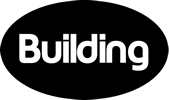
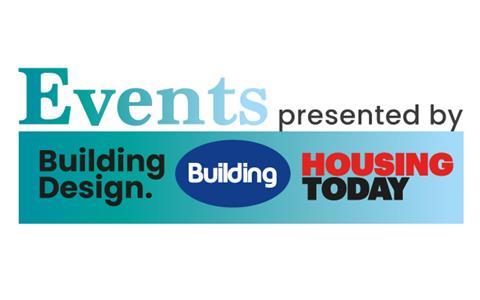
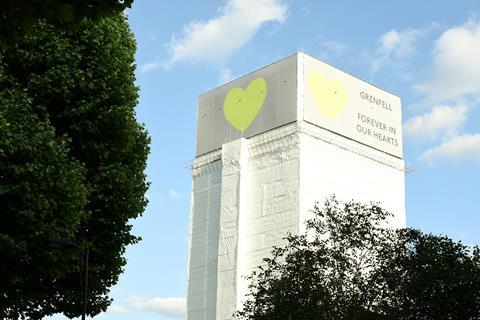




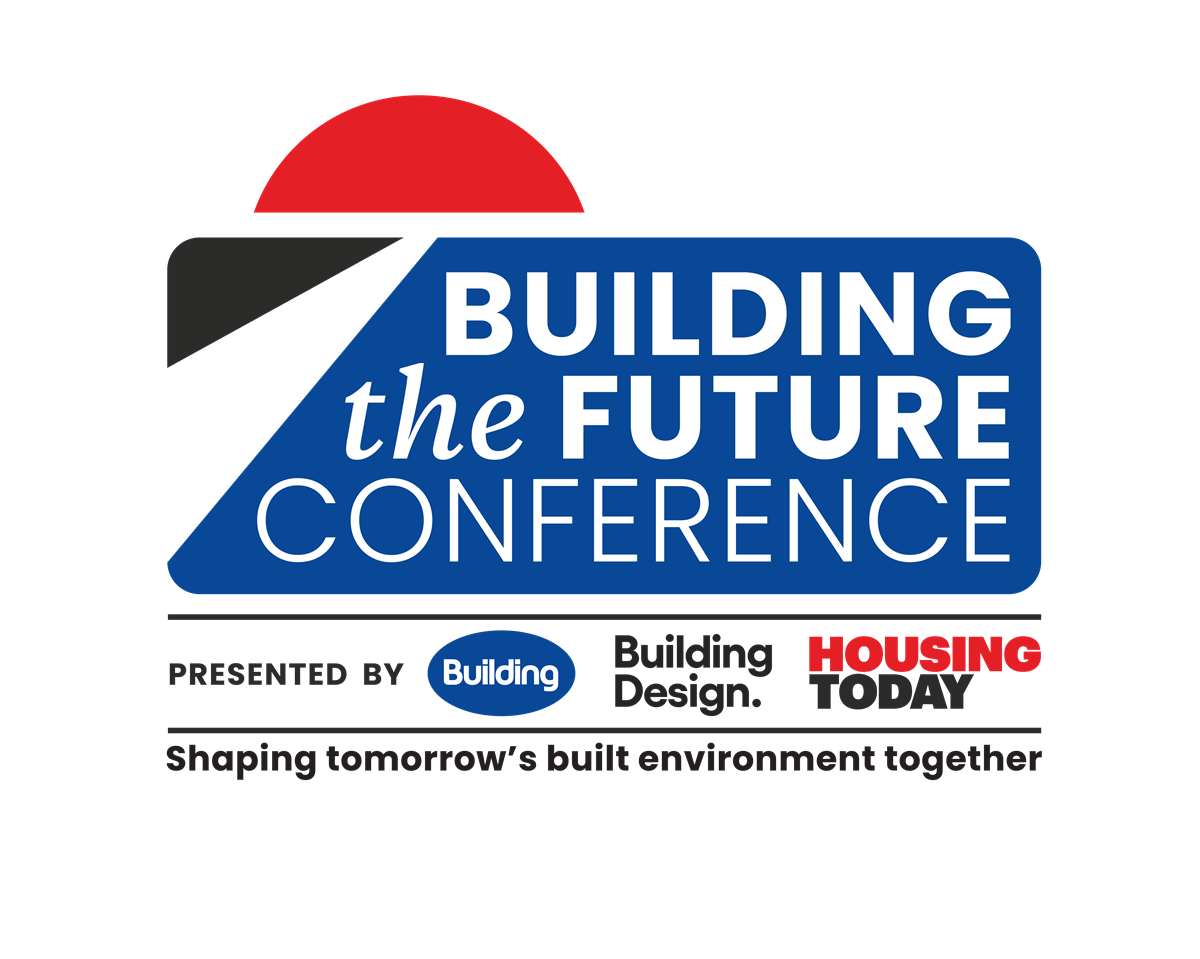
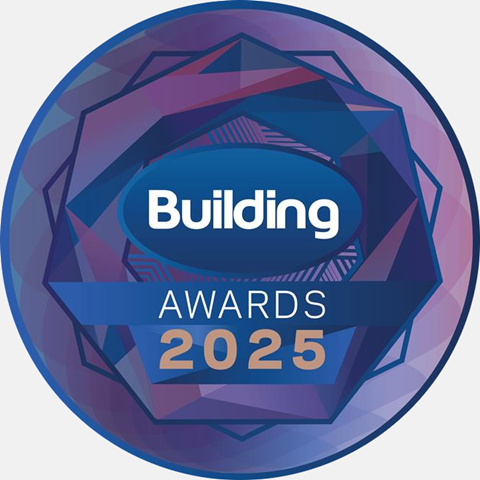
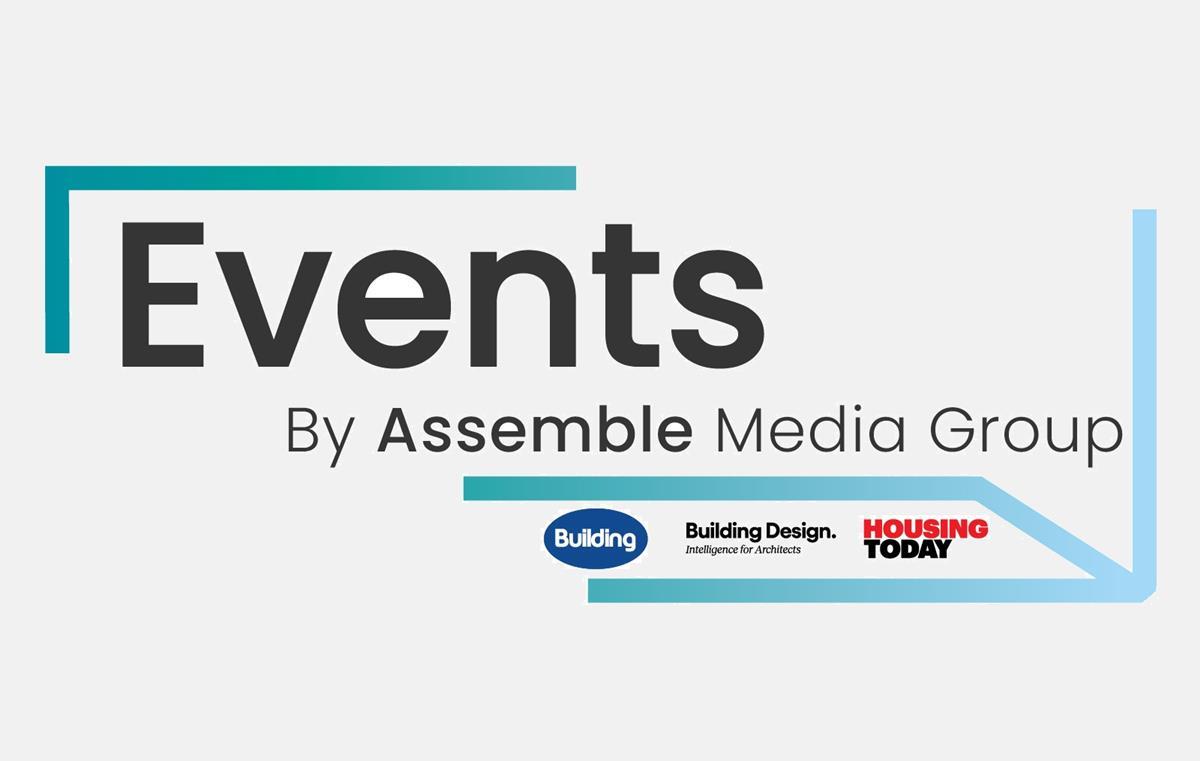


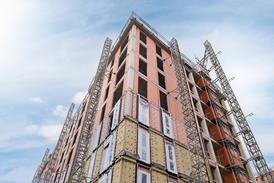


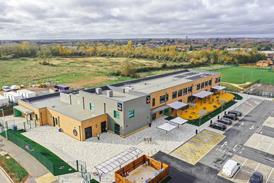

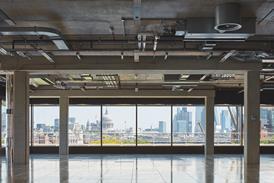

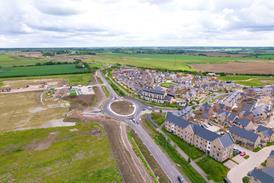







No comments yet